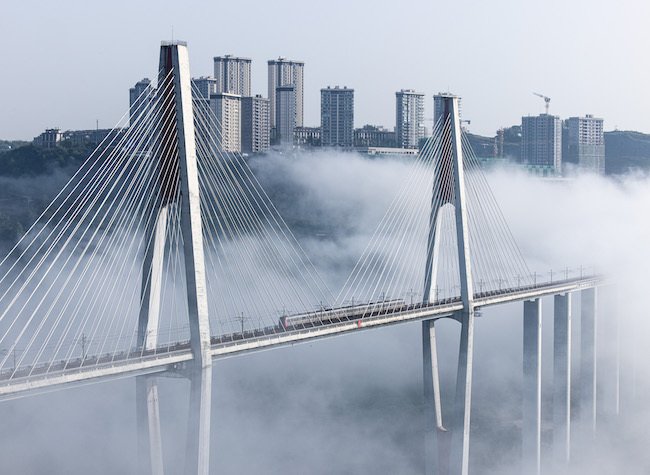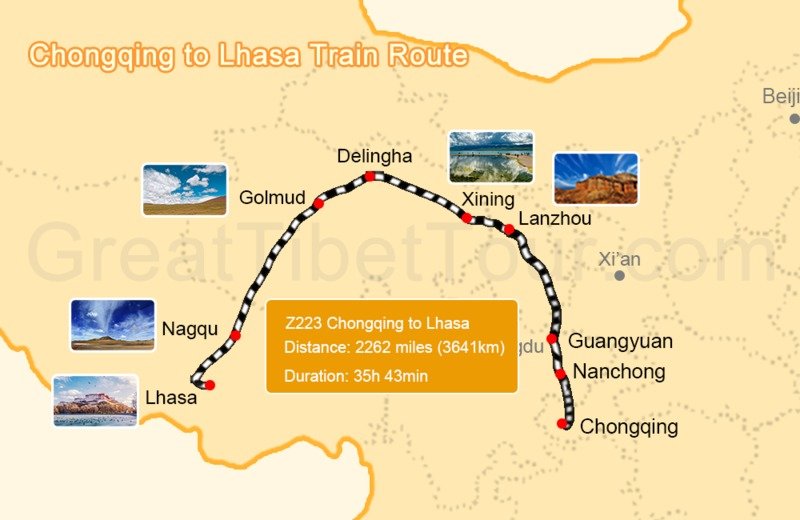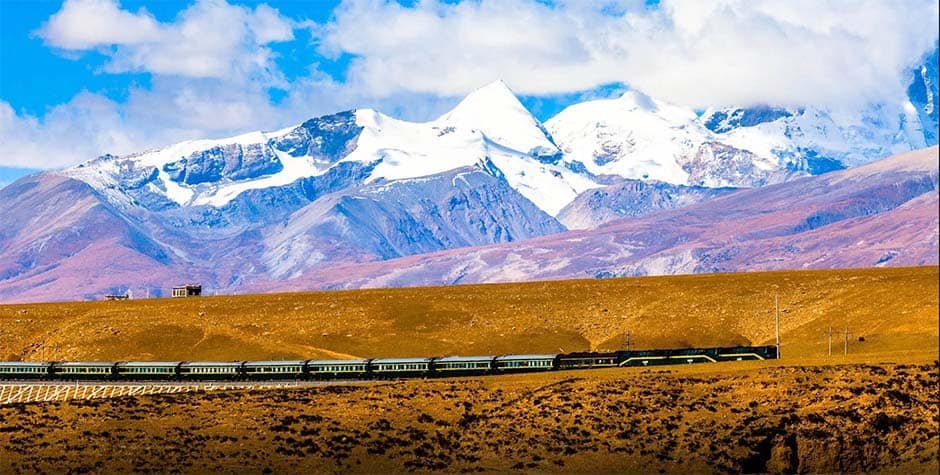Chongqing to Lhasa: The Mountainous Rail Route

The Chongqing-Lhasa railway line, also known as the “Tianlu” (Heavenly Road), is a breathtakingly scenic and technologically impressive rail route that connects the bustling metropolis of Chongqing in southwestern China to the remote Tibetan capital of Lhasa. Inaugurated in 2024, this 1,142-kilometer (710-mile) railway meanders through some of the most stunning and challenging terrain on Earth.

Construction of the Chongqing-Lhasa railway was an audacious engineering feat, requiring the building of 47 tunnels, 121 bridges, and numerous viaducts along its mountainous path. The route ascends from the humid, subtropical landscapes of Chongqing to the high-altitude Tibetan plateau, passing through a diverse array of ecosystems, including subtropical forests, alpine meadows, and snow-capped mountains.

Traversing the eastern portion of the Tibetan Plateau, the railway passes through the spectacular Yarlung Tsangpo Grand Canyon, the world’s deepest canyon. The route offers panoramic views of the majestic Mount Qomolangma (Mount Everest), which looms over the Tibetan horizon.
Despite its rugged terrain, the Chongqing-Lhasa railway is a marvel of modern engineering. The line employs advanced technology and safety features, including anti-collision systems, real-time monitoring, and emergency escape tunnels. Trains running on the route are specially equipped to handle the challenging high-altitude conditions.
The Chongqing-Lhasa railway has significantly reduced travel time between the two cities, making it easier for tourists and business travelers to access Tibet. It has also played a crucial role in boosting regional economic development, promoting tourism, and fostering cultural exchange between the Chinese mainland and the Tibetan Autonomous Region.
